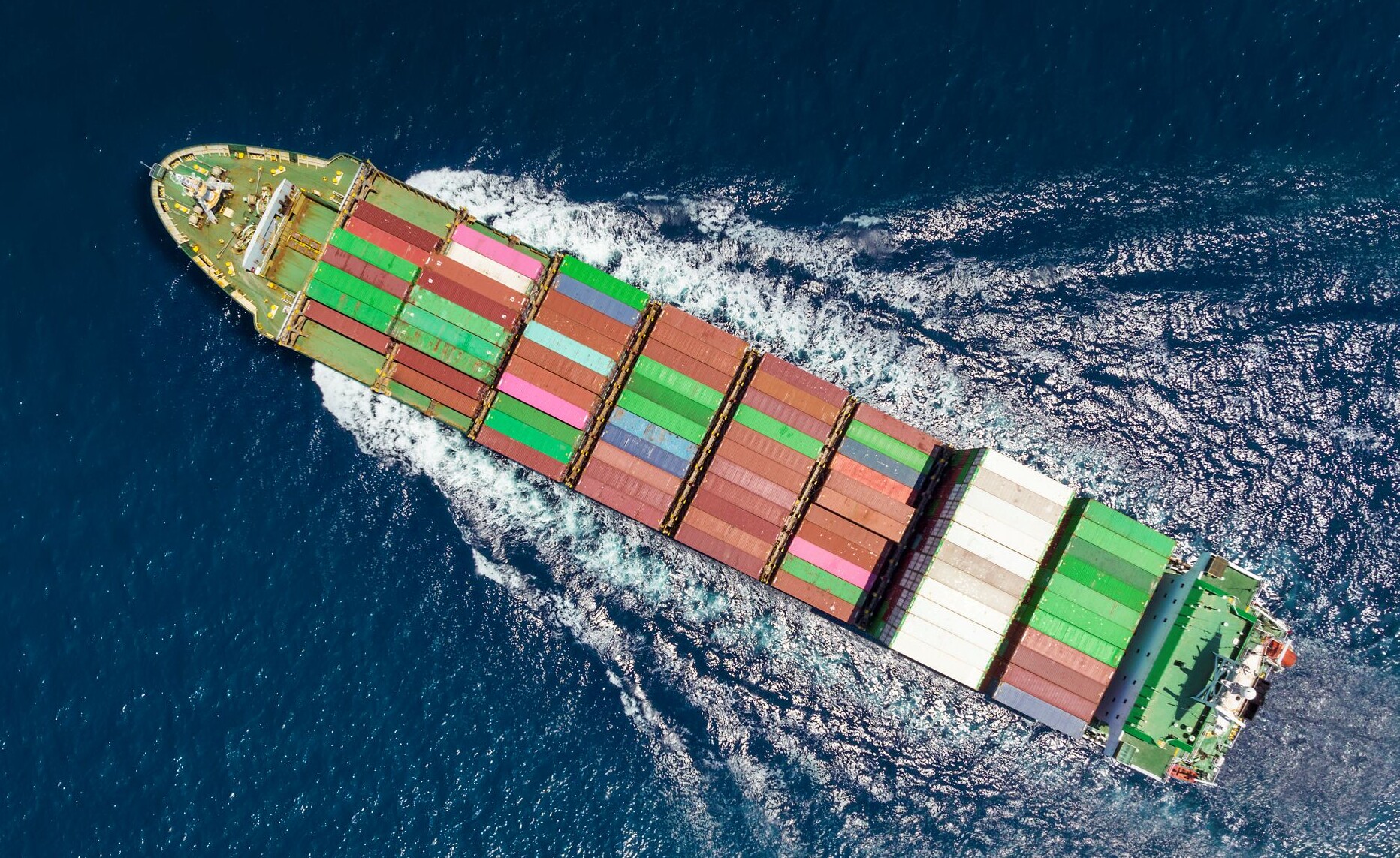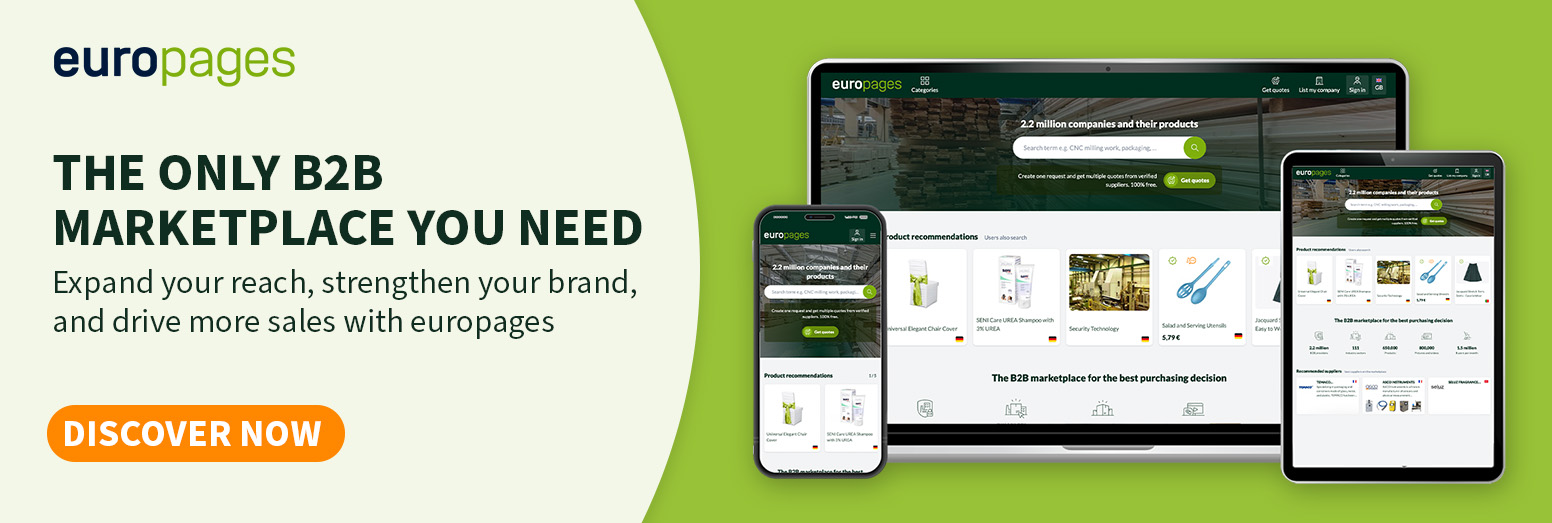Table of Content
- Overview of Trump’s Executive Orders 2025 on Trade
- The Economic Consequences of Tariffs on Import and Export Business
- Implications of Trump’s 2025 Tariffs on the EU Provider of Raw Materials
- Europe’s Key Industries Brace for Impact from Trump’s Executive Orders 2025
- EU’s Strategic Economic Plan to Counterbalance U.S. Tariffs
- Supply Chain Adjustments: Navigating Tariffs in the Import and Export Business
- Pro Tip: How a Provider of Raw Materials Can Adapt to the New Trade Landscape
- Conclusion
1. Overview of Trump’s Executive Orders 2025 on Trade
President Donald Trump’s latest executive orders on trade are set to shake up the import and export business, aiming to reduce the U.S. trade deficit and promote domestic manufacturing.
These new policies, part of his strategic economic plan, focus on higher tariffs, stricter import rules, and stronger pressure on trading partners to renegotiate agreements in America’s favor.
One of the biggest changes comes in the form of increased tariffs on raw materials, including slab lumber, steel, aluminum, and copper.
The goal is to make American-made materials more competitive, but businesses that rely on imported goods could face rising costs. Construction, automotive, and manufacturing industries may need to adjust their pricing and sourcing strategies in response.
Another key element is tighter import restrictions on industrial products, limiting how much foreign-made equipment and materials enter the U.S.
While this could protect American manufacturers, it also poses challenges for every provider of raw materials from Europe and other regions. Many may struggle to sell their goods in the U.S. market unless they find ways to adapt to these new restrictions.
Beyond tariffs and import rules, Trump’s administration is also increasing pressure on trading partners to renegotiate agreements. This could improve terms for U.S. exporters but also risk trade tensions with major partners like the European Union and China. A provider of raw materials may face stricter regulations, supply chain disruptions, or pressure for more favorable terms.
Businesses involved in cross-border trade will need to monitor these changes closely, as shifting regulations could impact their business growth plans.
The provider of raw materials, these executive orders create both hurdles and potential opportunities. Some companies may struggle with added costs, while others could find ways to benefit by adjusting supply chains, forming partnerships, or expanding into U.S.-based operations.
As shifting trade policies, supply chain disruptions, and rising costs reshape the global industry, securing a dependable provider of raw materials is more critical than ever. Explore europages’ product listing dedicated to providers of raw materials to stay competitive.
2. The Economic Consequences of Tariffs on Import and Export Business
Tariffs have a major impact on the provider of raw materials that rely on international trade, especially in the EU. Over time, these trade restrictions have been linked to rising costs, slower economic growth, and disruptions in global supply chains.
When governments impose tariffs, businesses must deal with higher expenses, shifting trade relationships, and uncertainty about future policies.
Here’s how tariffs on raw materials affect the economy:
Higher Prices and Slower Growth
When tariffs increase the cost of essential goods, businesses and consumers feel the impact. Manufacturers pay more for materials, leading to higher prices for finished products. This can reduce consumer spending and slow down economic growth, making markets less efficient.
Increased Costs for Key Industries
Sectors like manufacturing, construction, and automotive rely on materials such as steel, aluminum, copper, and slab lumber. When these costs rise, a provider of raw materials faces tough choices—either absorbing the losses or passing them on to customers, which can hurt sales and job stability.
Losing the Competitive Edge
European businesses struggle to keep up with international competitors that aren’t affected by these tariffs. Higher costs make it harder for EU manufacturers to offer competitive prices, which could lead to lower exports and shifts in business strategy. Some companies may even move operations outside the EU to remain competitive.
Unstable Supply Chains
Many companies depend on stable trade relationships to get resources at predictable prices. Tariffs disrupt these agreements, forcing businesses to find new providers of raw materials, renegotiate contracts, or change their production processes. This can lead to delays, logistical challenges, and added uncertainty.
In the end, tariffs create roadblocks for global trade, forcing businesses to adapt quickly. While some industries may benefit from government protection, most companies face higher costs, trade difficulties, and slower economic growth.

3. Implications of Trump’s 2025 Tariffs on the EU Provider of Raw Materials
Every European provider of raw materials is feeling the heat from the new U.S. trade policies. Tariffs on essential resources are forcing companies to contend with higher costs, disrupted supply chains, and increased trade uncertainty.
These changes are forcing businesses to rethink how they operate and plan for the future.
Rising Costs and Unstable Prices
- Tariffs are causing unpredictable price swings, making it hard for businesses to plan budgets.
- Industries like construction, automotive, and manufacturing are hit hardest, as raw materials make up a big part of their expenses.
- Companies may have to raise prices or delay projects to manage financial risks.
Shifting Trade Routes and Partnerships
- With U.S.-EU trade relations strained, businesses are looking for providers of raw materials in Asia, South America, or within Europe.
- These changes come with challenges, like navigating new regulations and setting up fresh supply chains with the new provider of raw materials.
Rethinking Growth Strategies
- Companies are overhauling their business plans to adapt to the new trade landscape.
- Some are investing in local production to reduce reliance on imports.
- Others are exploring automation or diversifying their supply chains to stay competitive.
What’s Next for European Businesses?
- Strategic Planning: A provider of raw materials needs to act fast to manage costs and explore new opportunities.
- Innovation and Adaptation: Investing in technology and diversifying supply chains will be key to staying ahead.
- Monitoring Trade Developments: Keeping an eye on changing policies and trade agreements will help businesses navigate uncertainty, especially for the provider of raw materials, which may need to adapt to shifting supply chain demands, regulatory changes, and evolving trade conditions.
4. Europe’s Key Industries Brace for Impact from Trump’s Executive Orders 2025
New U.S. tariffs on steel, aluminum, slab lumber, and other essential raw materials are sending shockwaves through Europe’s import and export business.
Every provider of raw materials is facing higher costs, disrupted logistics, and greater market uncertainty. The impact is being felt across multiple industries, with some sectors at greater risk than others.
Automotive Industry: Struggling Under Rising Costs
- The European automotive sector, a key driver of the economy, is among the hardest hit, along with its providers of raw materials.
- Tariffs on steel and aluminum are inflating production costs for car manufacturers, particularly in Germany and Italy, where these metals are critical for vehicle production.
- Shrinking profit margins may push automakers to raise car prices, cut jobs, or scale back production—leading to ripple effects throughout the industry, from suppliers to dealerships.
Steel and Aluminum Industries: Under Pressure
- European manufacturers heavily dependent on steel and aluminum for construction, machinery, and industrial projects now face tough financial choices.
- Providers of raw materials either absorb higher costs, cutting into profits, or pass them on to customers, risking lower demand.
- The increased costs could lead to fewer infrastructure projects, delays in industrial production, and reduced investments in new manufacturing ventures.
Lumber Industry: Oversupply and Falling Prices
- The U.S. tariffs on slab lumber are creating an oversupply in the EU, driving prices down and squeezing profits for European lumber suppliers and providers of raw materials.
- If tariffs extend to plywood and finished wood products, it could further damage EU exports, reducing market opportunities. On top of that, the instability affects related sectors like construction and furniture manufacturing, which depend on steady prices and reliable supply chains.
- To survive, companies may be forced to seek alternative markets, diversify production, or cut operations, adding more instability to the sector.
Are you looking for a provider of raw materials with a resilient and diversified supply chain? Request a quote on europages to find the ideal supplier.

5. EU’s Strategic Economic Plan to Counterbalance U.S. Tariffs
In response to the new Trump Executive Orders 2025, the European Union has taken decisive steps to protect its industries and economy.
One of the first actions was the introduction of retaliatory tariffs on American exports, targeting key sectors like agriculture, industrial goods, and consumer products. These measures aim to counterbalance the economic strain caused by U.S. tariffs and shield European providers of raw materials from further harm.
At the same time, the EU is strengthening partnerships with markets in Asia, South America, and other regions to create fresh opportunities for its businesses. This shift is especially beneficial for providers of raw materials, helping them grow and offset losses from declining U.S. trade.
Additionally, European governments are stepping up with financial support programs to help companies adapt to the new trade environment. These initiatives include subsidies for reshaping supply chains, investing in automation, and boosting local production. The goal is to ensure that businesses remain competitive and resilient, even as global trade dynamics continue to shift.
6. Supply Chain Adjustments: Navigating Tariffs in the Import and Export Business
The latest U.S. trade policies are pushing every provider of raw materials to overhaul their supply chains to stay competitive. With tariffs driving up the cost of slab lumber, steel, aluminum, and copper, businesses are scrambling to find new ways to source materials, streamline logistics, and cut costs.
Here’s how they’re responding:
Finding New Suppliers
To dodge the financial hit from Trump’s Executive Orders 2025, many companies are turning to alternative providers of raw materials around the world in Europe, Asia, South America, and other regions less affected by trade restrictions. Diversifying their sourcing allows businesses to stabilize costs and maintain smooth production, reducing their reliance on unpredictable U.S. trade policies.
Rethinking Logistics
Adapting supply chains isn’t just about finding a new provider of raw materials—it’s also about optimizing how resources are moved and stored. Some companies are rerouting shipments to avoid hefty import duties, while others are building more localized supply networks within Europe to reduce their exposure to tariffs. Businesses are also stockpiling key materials in strategic locations to avoid disruptions.
Investing in Automation
Automation is emerging as a game-changer for companies looking to offset rising costs. Investing in robotics, AI-driven production, and smart logistics systems helps manufacturers boost efficiency and cut expenses. These digital tools are also helping businesses streamline supplier selection and ensure a steady flow of raw materials.
7. Pro Tip: How a Provider of Raw Materials Can Adapt to the New Trade Landscape
Providers of raw materials are navigating an increasingly complex trade environment, where tariffs, supply chain disruptions, and shifting regulations make long-term planning more challenging. To stay competitive, businesses must be flexible, proactive, and strategic in their approach.
Here’s how to adapt:
Diversify Sources
Avoid relying on a single country for materials. Expanding sourcing to Asia, South America, and within the EU helps reduce tariff risks, ensure supply stability, and strengthen negotiation power with suppliers.
Go Digital
Use online platforms, like the europages' free Request For Quotes, to quickly identify a new provider of raw materials, compare pricing, and streamline procurement processes. Digital tools improve efficiency and provide access to a broader supplier network.
Stay Informed
Trade policies change rapidly, and staying ahead of new regulations is crucial. Monitor industry reports, government announcements, and EU updates to anticipate potential disruptions and adapt in time. The European Commission’s Trade Department is a key resource for tracking the latest developments in global trade.
Businesses that adapt quickly and embrace innovation will be best positioned to thrive in the evolving global trade environment.
Are you a provider of raw materials looking for more exposure and reach? Request a consultation with our team to explore partnership opportunities.

8. Conclusion
The Trump Executive Orders 2025 have shaken up global trade, putting the European provider of raw materials in a tough spot.
With higher tariffs on steel, aluminum, slab lumber, and copper, businesses are grappling with rising costs, disrupted supply chains, and changing trade dynamics.
How companies respond—by diversifying suppliers, rethinking logistics, and adopting digital tools—will shape their ability to stay competitive in this new environment.
While the EU is rolling out measures to soften the blow, the pressure is on businesses to adapt. Companies that embrace automation, alternative sourcing, and smarter procurement strategies could not only weather the storm but also uncover new opportunities for efficiency and growth.
Looking forward, these trade challenges could spark a major shift in how providers of raw materials manage their supply chains. Long-standing supplier relationships are giving way to more agile, data-driven approaches.
Tools like AI-powered analytics, predictive modeling, and blockchain-based sourcing are becoming critical for building a business growth plan and reducing risks in an unpredictable trade environment.
Businesses that invest in technology, flexible sourcing, and strategic partnerships now are likely to emerge stronger and more competitive in the years to come.
For more information on raw materials and economics, read these insightful articles:
Stainless Steel in Food Processing: Highest Hygiene
CNC Milling - Precision Parts for the Sky
Sustainable Forestry: A Greener Future

